
 Instagram
Instagram
Hair growth explained: the science and how to stimulate it?

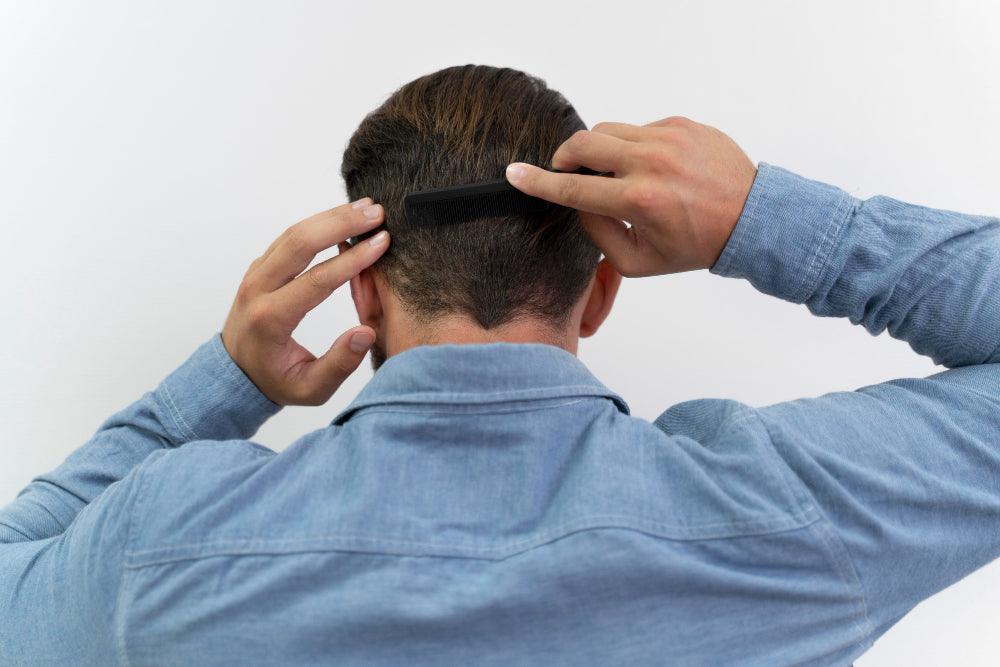
Related products
What’s covered?
Hair growth explained: the science and how to stimulate it?
Understand how hairs grow on your scalp and how you can promote hair growth.

Healthy, shiny hair and a full scalp is the dream of every human. Some have this blessing without prayer, while others struggle to keep their hair on their head. How does the hair grow on your scalp? Why do they fall? What can you do to stimulate hair growth? People often ask these questions as the modern lifestyle has exacerbated hair problems.
Let's first know when the hair starts to grow on your scalp.
Hair growth in infants
Your romance with hairs starts before your birth. The hair follicles on the scalp develop while you were in your mother's womb. The hair growth begins in the 30th week of pregnancy, and most babies are born with hair on their heads. The colour and texture of these hairs depend upon the baby's genetics, as the genes control both factors.
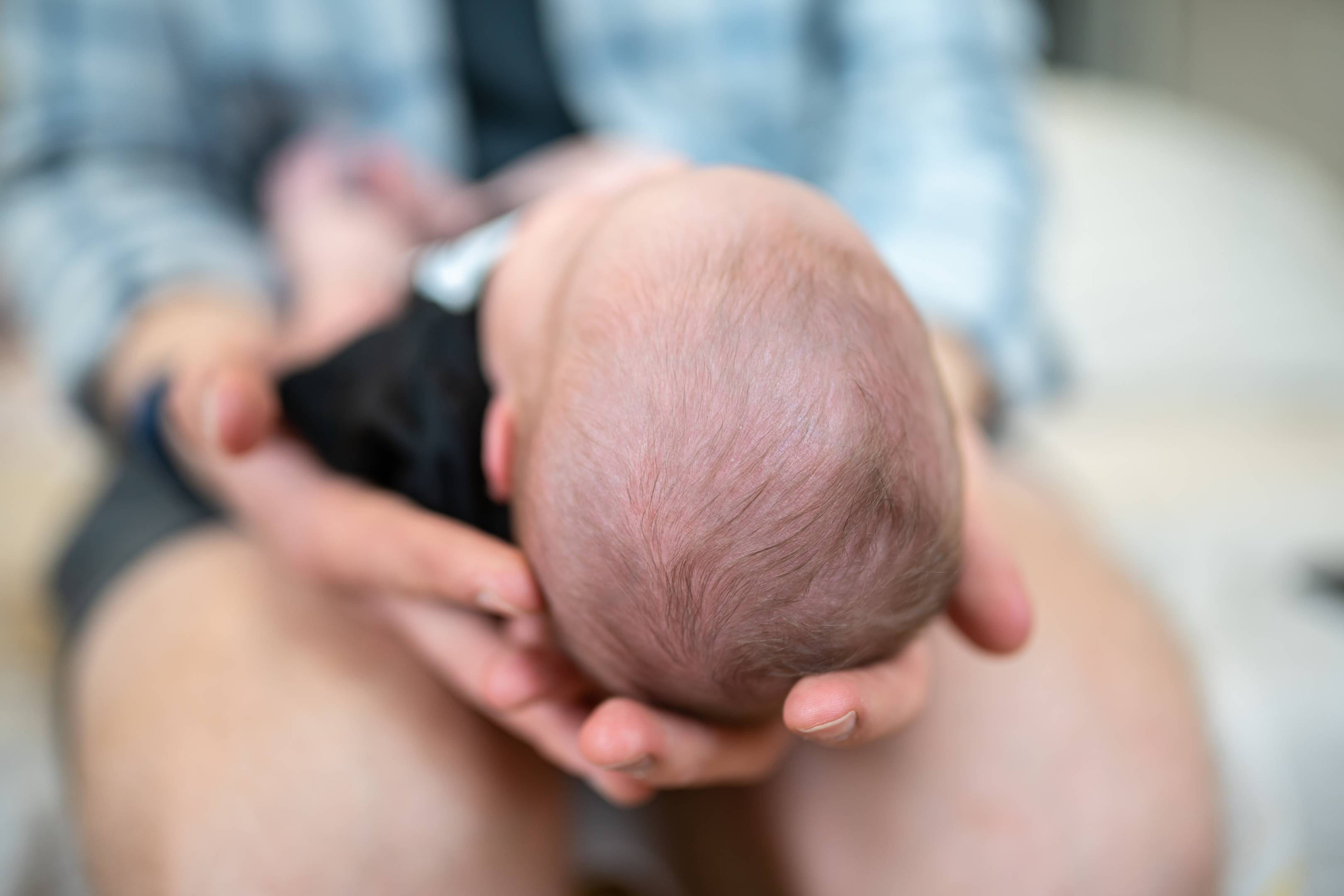
The hair follicles eventually begin to mature, the strand becomes thick and stronger with age, and the babies acquire a full scalp around their first birthday. The role of nutrition is, however, paramount.
Now, why does the hair fall? To understand the answer, you must understand the hair growth cycle.
The hair growth cycle
Like a human, a hair thread is also born, matures, and ultimately dies. This cycle is called the hair growth cycle.
What is a hair follicle?
The hair follicle is essentially the root of a hair thread. These are the structures that produce a hair thread. They have a blood supply that supplies essential nutrients to the scalp. A full scalp is likely to have around 80-120k of these follicles.
The life cycle of a hair follicle involves the following phases;
Anagen
It is the active growing phase of the cycle. The shiny and strong hairs on your scalp are in this phase, and this phase accounts for 85-90% of all hair on your scalp. The blood supplies the essential nutrients to the hair follicles that start producing hair threads. The length of this phase determines the total size of hair threads.
Typical, this phase is 2-6 years long. The hair of a person with a 2-year anagen phase will grow smaller than a person with 6-years long anagen. During this phase, the hairs grow at around 100-120 mm per month.
Catagen
As the follicle enters this phase, the new cell division no longer occurs, and the growth is arrested. The hair thread will shrink, and its colour will fade because melanocytes produce no more black pigment. This stage is short-lived and lasts for just 2-3 weeks. This phase accounts for nearly 1% of the hairs on your scalp.
Telogen
This three-month-long phase is the proper resting phase. The hair thread is shed, and a new will grow in its place.
Have you noticed hair threads on your hands and comb after a shower? These are the hairs whose follicles are in the telogen phase and have disowned their old hair threads. Losing 50-100 hair threads from a full scalp is common because around 10% of your hairs are always in the telogen phase.
What determines the rate of hair growth?
Have you noticed that hair doesn't grow at the same speed all over the body? There is also a difference between different people. While the average speed of hair growth is 1-1.2 cm per month, several factors ranging from genetics to nutrition can influence this rate. We will elaborate this in the next section.
How can you stimulate hair growth?
The science of hair growth is complex, and no single technique will help you to stimulate your hair growth. However, the following science-based methods can help you to achieve better hair health.
Regular massage with essential oils
Reduced blood flow can kill your hair growth. This way, massage therapy comes to your rescue. The massage promotes blood circulation in the area. So, you can mix some essential oils into a career oil for a gentle massage.
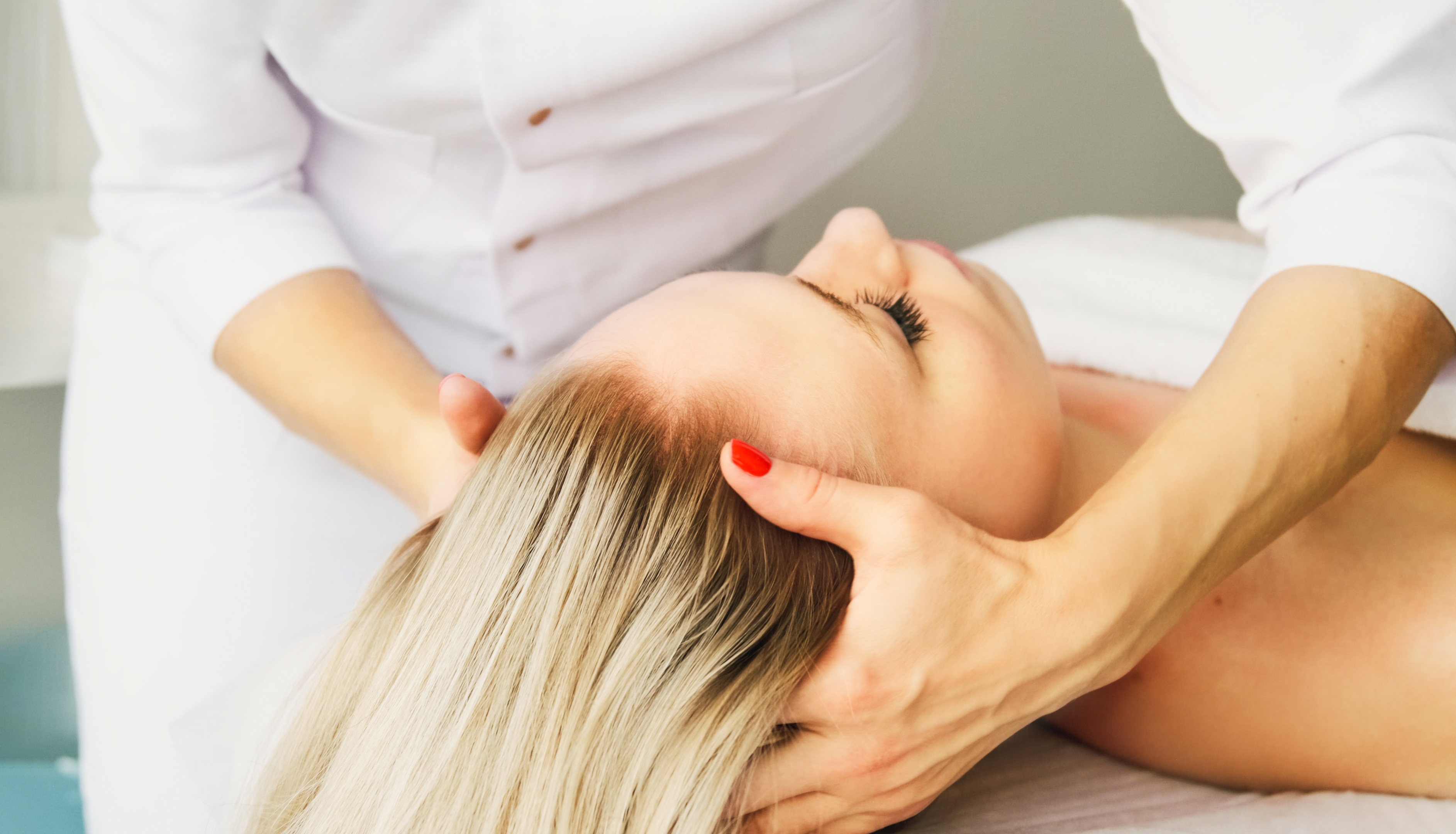
Don't worry these are the hair whose roots have already been broken and will be shed today or a few days later. However, don't be too vigorous as too high pressure can cause hair loss (traction alopecia). For added effects, you can warm the oil and use your fingertips for massage.
The inversion method can be useful, which involves rubbing the entire scalp in a circular pattern.
A 2016 research study published in Eplasty (a science journal) found that a regular scalp massage with a standard oil for 24 weeks significantly increased hair thickness.
Keep yourself hydrated
Water is the medium of life. Water is necessary for the transport of nutrients to the scalp. Moreover, your scalp also keeps itself hydrated and moist with oils produced by the sebaceous glands, and this oil production also requires water.
So, drink at least 3-4 litres of fresh water.
Regularly trim the hair ends
The hair shaft often outgrows its supply leading to broken and split ends. Such broken ends will entangle each other, and when you comb your hair, the hairs will be pulled out due to pressure. Therefore, continue to trim your split ends regularly.
Consume omega 3 fatty acids rich diet
Omega 3 fatty acids are healthy fats that promote overall body health, including hair and scalp health. Walnuts, flax seeds, mackerel fish, and salmons are rich sources of Omega 3 fatty acids.
A 2015 study found that a 6-month supplementation of omega 3 fatty acids worked effectively against hair loss.
Use more vitamin C
Your body needs iron for synthesizing haemoglobin, the protein that carries oxygen to your scalp, and vitamin C helps absorb iron. It is a good practice to take fruits and vegetables, which are good sources of vitamins and minerals.
Supplements can be a good option, but supplements shouldn't be used before consulting the nutritionist as the excess of some vitamins and minerals (vitamin E, selenium and vitamin A) can cause hair loss.
Leave smoking
Smoking is an all-rounder health hazard. It may be your personal choice, but as a medical expert, I can't lie about its effects on your hair. It causes problems with the blood flow towards the scalp by constricting the blood vessels. Thus, your hair follicles are strangled with a lower supply of nutrients and oxygen. Also, tobacco smoke is a treasure of toxins and nicotine that can damage your hair follicles.
Find information and products to help you quit smoking here.
Egg yolk mask
Egg yolk contains proteins and fats (e.g., lecithin), which heal, nourish, and strengthen your strand. The yolk also has sulfur which helps in dandruff. While you can't expect new hair growth with nourishment, you can support the remaining strands to look thick, strong, and healthy, making you feel like having a higher hair density. It is here the egg yolk mask can help you.
Try medications
If you have hair growth problems, some drugs are approved to stimulate hair growth. Two common drugs are minoxidil and finasteride. Minoxidil is applied as a topical spray, while finasteride is available in the oral form. Minoxidil causes an improved blood supply to the follicles and stimulates their growth, while finasteride blocks the male hormone dihydro-testosterone (DHT), which causes miniaturization of the strands.
However, these drugs have different side effects. So, please don't use them without discussing with the doctor. Moreover, there are some drugs that cause hair fall, e.g., drugs used for blood pressure, hormone replacements, contraceptives, antidepressants, etc. This hair loss is, however, reversible and recovers as soon as you leave these drugs.
If you are planning for these drugs, we have the solution at Welzo. We provide both of these drugs. Click here to place your order. We also provide consultation services which you can avail by clicking here.
Try a cinnamon mask
Cinnamon has antibacterial properties, increases blood flow towards the scalp, and nourishes hair follicles. Mix cinnamon with the coconut oil and apply it to the scalp. Keep it here for 45 minutes, then rinse the scalp with plenty of water.
Remain stress-free
Severe and traumatic stress for sustained periods can cause hair loss. Stress also exacerbates hair loss associated with other causes. Hence, keeping your stress levels minimum can favour your hair.
The end-note
Human hair growth occurs in a cycle called the hair cycle. The length of these phases determines the strength and thickness of hairs on your scalp. Although some factors related to healthy hair growth (e.g., genetics) are not under your control, you can stimulate hair growth with the tips mentioned above.
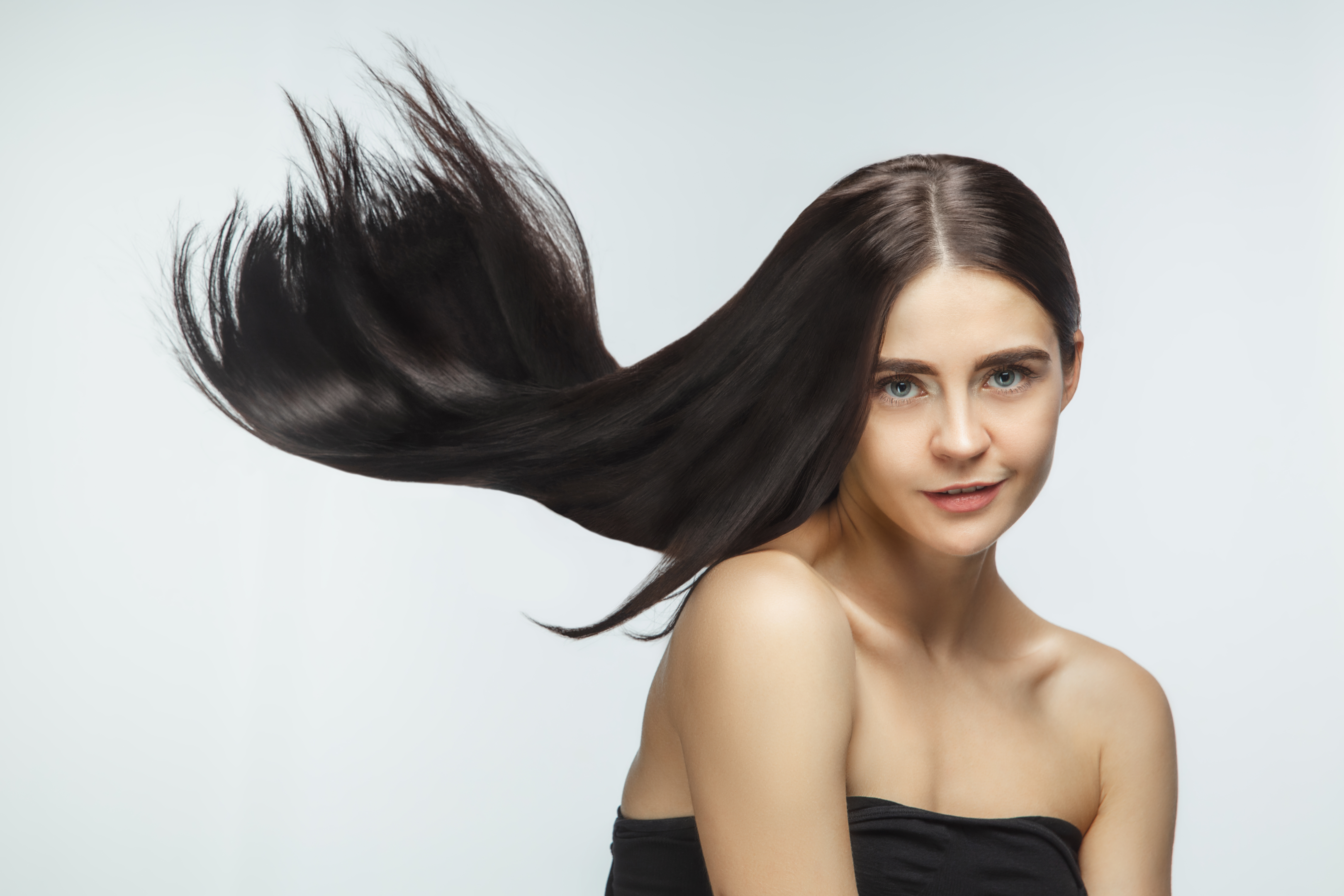
Besides stimulating hair growth, these practices also improve your overall health. However, hair thinning and hair fall can be due to various pathological causes. Consult the dermatologist if you experience it. The dermatologist will advise you about the diagnosis and treatment of hair shedding.
If you want to know more about hair growth, hair fall and treatment of hair loss, click here to visit our page.
Related Services
- Hair loss treatment
- Finasteride
- Female hair loss blood test
- Alpecin Shampoo
- Regaine
- Regaine for women
- Regain foam for men
Related articles
- What vitamins support hair growth?
- Cures for itchy scalp and hair loss
- Can stress cause hair loss?
- Can masturbation cause hair loss?
- Can creatine cause hair loss?
- Best female hair loss treatments?
- The most common causes of hair loss
- How to cope with postpartum hair loss?
- How does DHT cause hair loss?
- Cures for itchy scalp and hair loss
- What vitamin deficiency causes hair loss?
- Can wearing a hat cause hair loss?
- Dutasteride vs Finasteride: What's Best for Hair Loss?
- Relationship between diet and hair loss
- Top 7 Hair loss treatments
- What happens if you stop taking finasteride?
- Does stress cause hair loss?
- Why do men go bald?
- Guide to hair thinning
- Hair thinning at the front - what are the options?
- 11 Ways you may be damaging your hair
- What is non-surgical hair replacement?
- Hair growth explained
- Why does hair fall out in clumps?
- 5 Signs of hair thinning
- How many hairs should you lose per day?
- Do I have a receding hairline?
- How to spot a balding crown
- Early signs of balding and how to stop it
- Regaine vs rogaine - what's the difference?
- How long does minoxidil take to work?
- What are DHT blocking shampoos?
- How to get rid of split ends

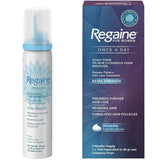



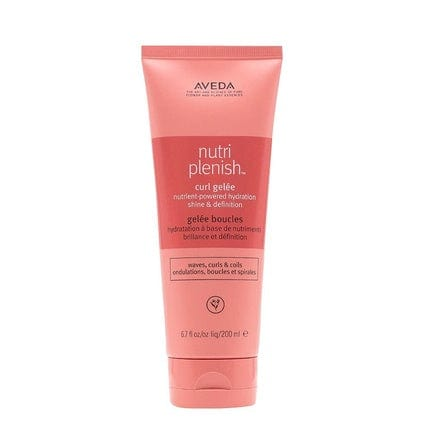

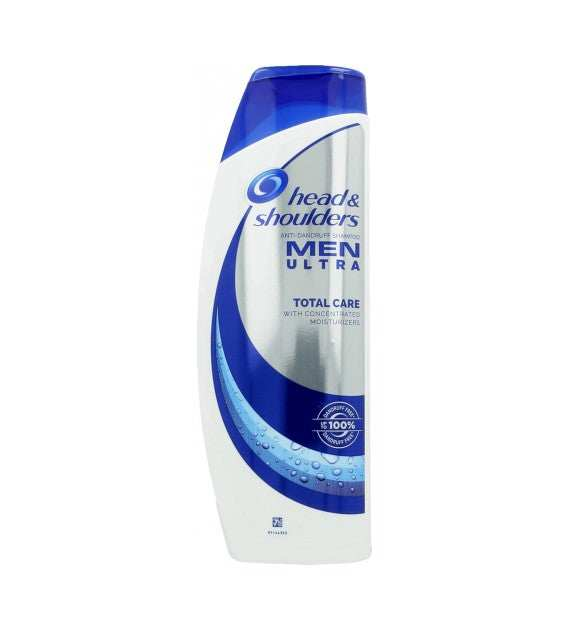
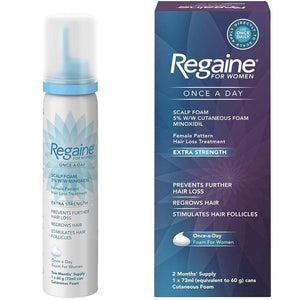
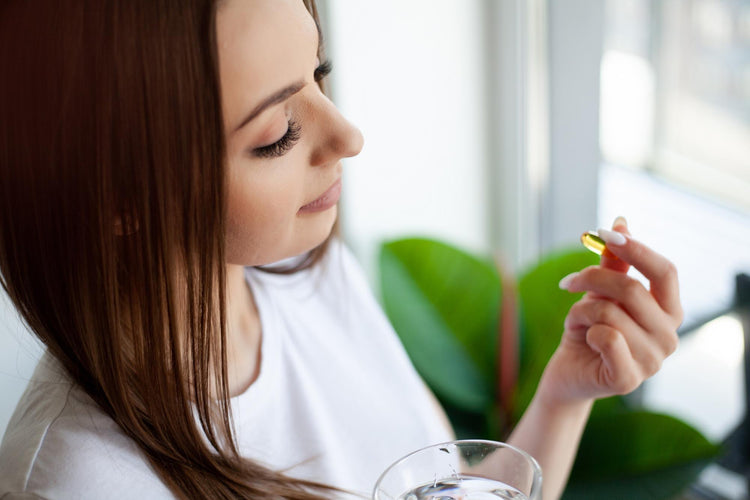
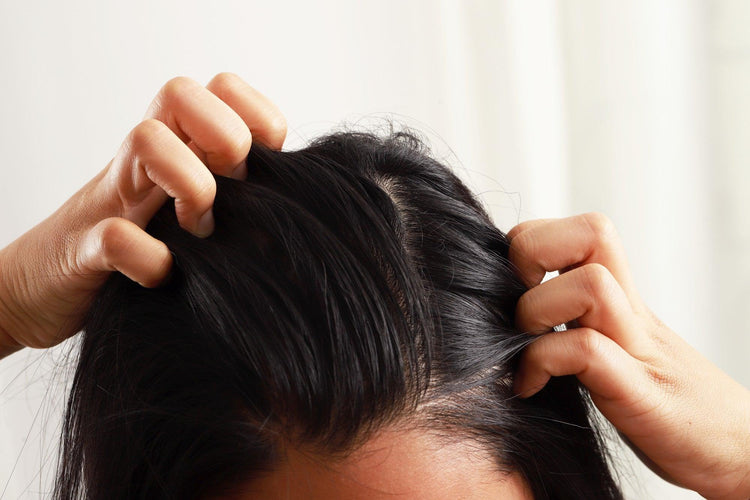
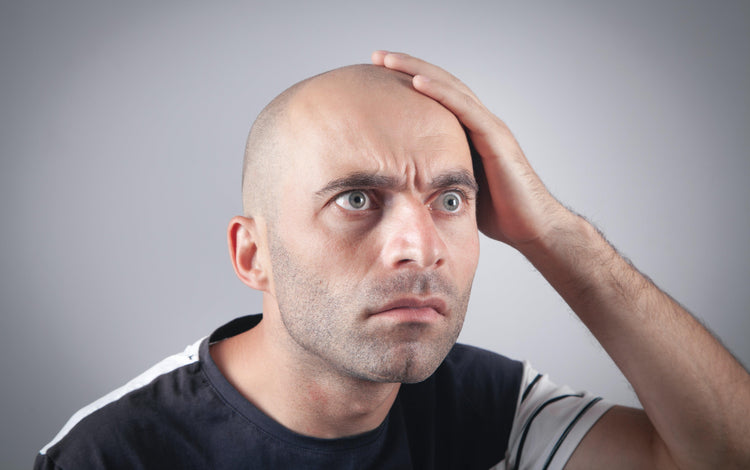
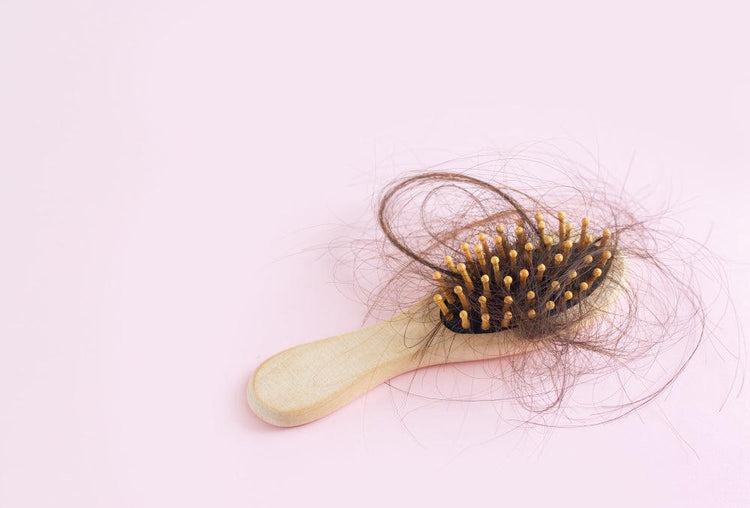



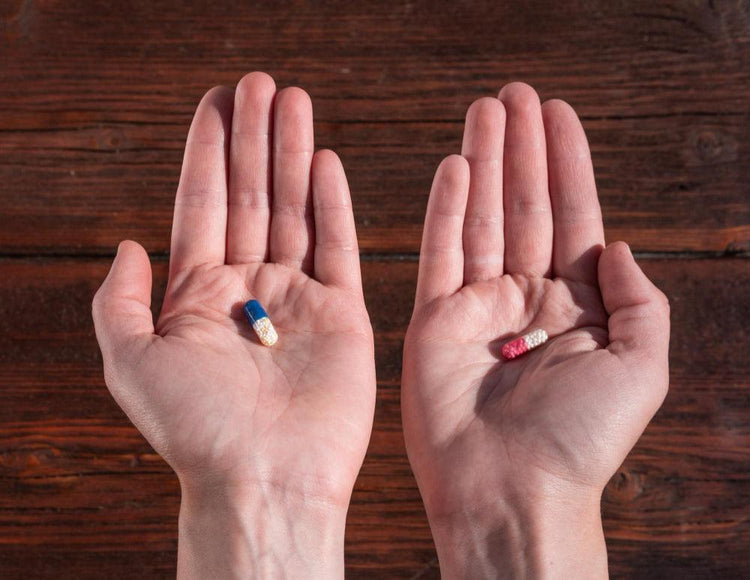
 Rated Excellent by 26,523+ Reviews
Rated Excellent by 26,523+ Reviews